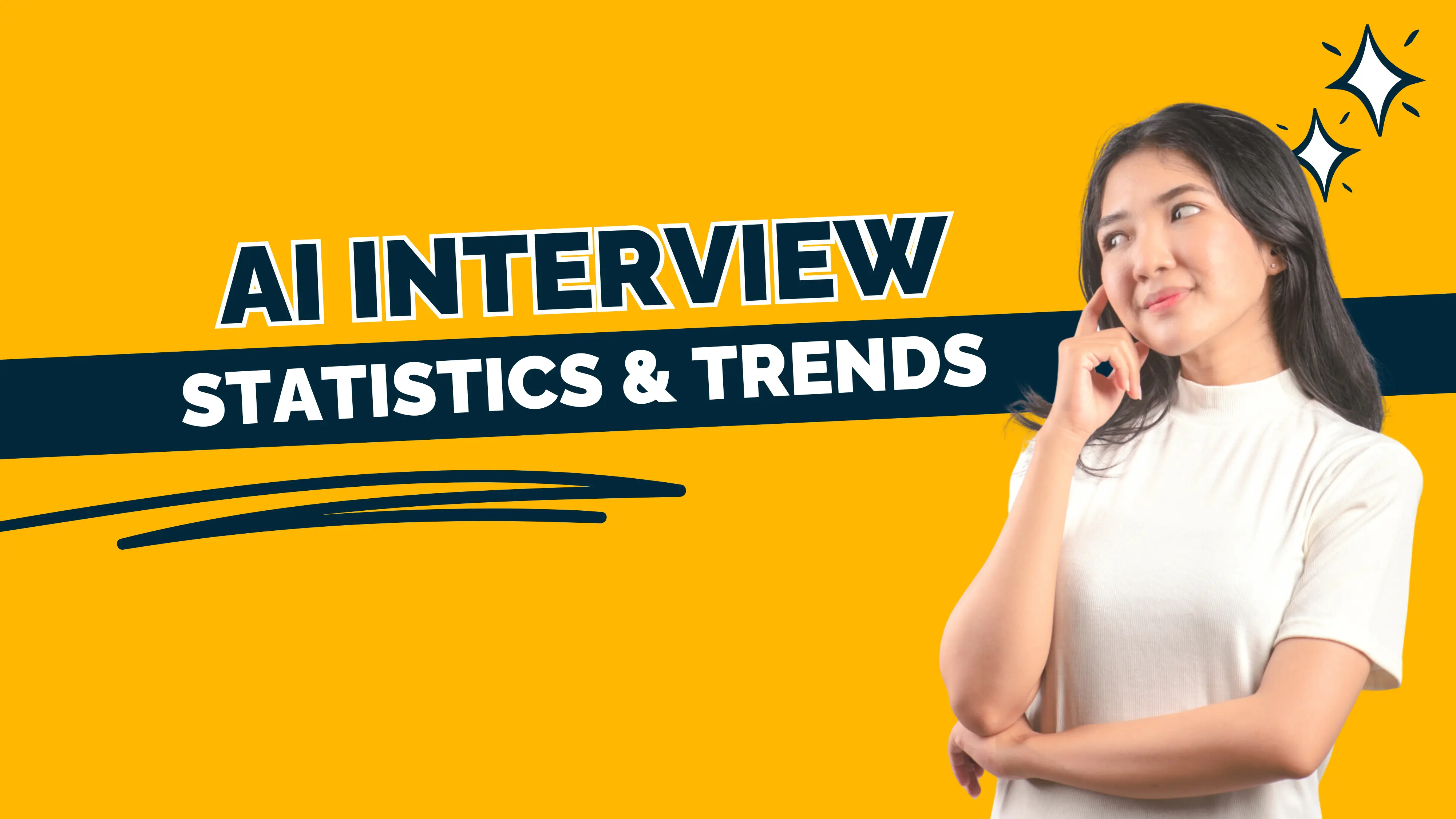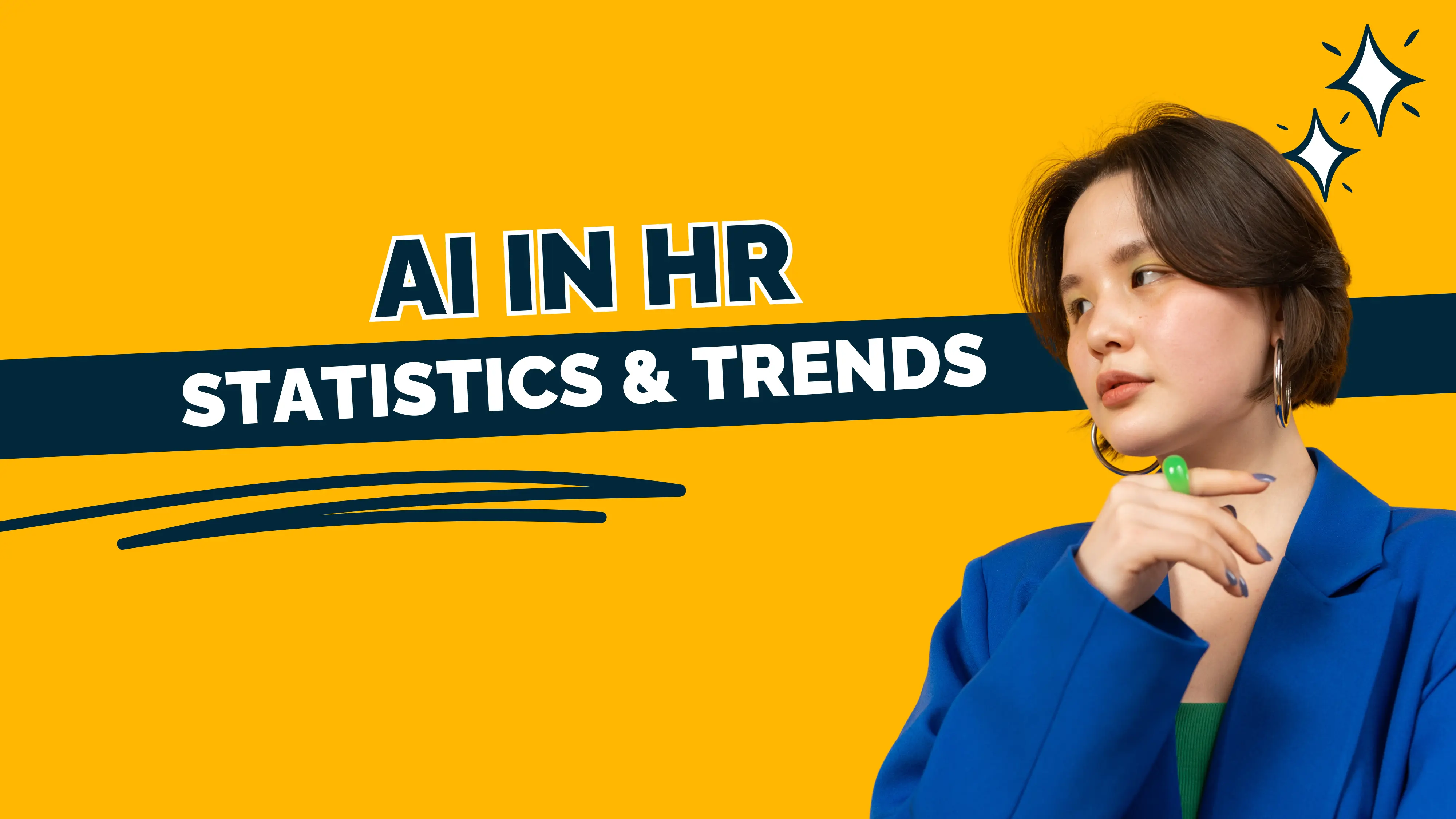The shift towards remote education, online certifications, and digital assessments has transformed how institutions and organizations evaluate candidates. However, this rapid transition has also brought a critical challenge to the forefront, ensuring exam integrity in an uncontrolled environment.
🔴 Recent studies reveal alarming trends:
- According to a survey by Wiley, over 90% of institutions reported increased concerns about academic dishonesty in online exams.
- Research from International Center for Academic Integrity found that up to 70% of college students admit to cheating at least once during their academic careers.
- In 2021 alone, several universities reported a spike of 200-300% in online exam cheating cases compared to pre-pandemic times.
These numbers highlight the gravity of the problem. Traditional in-person invigilation cannot be replicated in virtual settings without dedicated proctoring solutions. As a result, two primary methods have emerged to protect exam credibility:
- Human Proctoring: Live invigilation by trained human proctors.
- AI Proctoring: Automated monitoring using artificial intelligence.
Both act as a shield against malpractice, but each comes with its unique strengths and limitations. Which one truly works better – Human Proctoring or AI Proctoring?
In this blog, we will explore:
- What is Human Proctoring?
- What is AI Proctoring?
- Key differences between them
- Pros and cons of each
- Which works best under different scenarios
Let’s dive deep to help you choose the right proctoring method to protect your exams and uphold academic integrity.
What is Human Proctoring?
Human Proctoring, often referred to as live proctoring, involves trained human invigilators monitoring candidates in real time via webcam and screen share during an online exam.
How it Works:
- Candidate Authentication: Before the exam begins, the proctor verifies the candidate’s identity through ID checks and facial recognition to ensure there is no impersonation.
- Live Monitoring: Throughout the exam, the proctor watches the candidate’s video feed, listens to audio, and views their screen activity to detect any suspicious behaviour, external help, or attempts to navigate away from the exam window.
- Intervention & Reporting: If the proctor notices anything unusual such as someone else entering the room or the candidate speaking to someone, they can intervene immediately via chat or voice or pause the exam if needed. After the test, a detailed proctoring report is generated.
Key Features:
- Real-time human supervision
- Live chat or voice intervention
- Manual flagging and note-taking during the exam
- End-to-end candidate support for technical or procedural queries
Common Use Cases:
- High-stakes university or government exams where credibility is non-negotiable
- Professional certifications (e.g. legal, medical, actuarial) that require stringent supervision
- Exams where real-time judgment and human discretion are critical
Example Scenario: A university conducts its law entrance exam online using human proctoring. Each candidate is assigned a dedicated live proctor who verifies their ID, observes them throughout the test, and immediately intervenes if any malpractice is suspected, ensuring the exam’s validity holds in court or accreditation audits.
👉 Also Read: Top 15 Online Proctoring Tools for Universities
What is AI Proctoring?
AI Proctoring, also known as automated proctoring, leverages artificial intelligence and computer vision to monitor candidates during online exams without the need for constant human supervision.
How it Works:
- Automated Authentication: The system performs identity verification using facial recognition, ID scanning, and sometimes keystroke dynamics to confirm the candidate’s identity before the exam begins.
- AI Monitoring During Exam: Throughout the exam, AI algorithms track and analyze:
- Face detection and gaze tracking: Ensuring the candidate is visible and focused on the screen.
- Background and environmental analysis: Detecting additional people or prohibited objects in the room.
- Audio analysis: Capturing sounds indicating external assistance.
- Browser activity tracking: Flagging attempts to navigate away or use unauthorized resources.
- Flagging & Reporting: Suspicious behaviours are automatically flagged and compiled into a post-exam report with video snippets and time-stamped events for review by faculty or administrators.
Key Features:
- Fully automated monitoring using AI algorithms
- Real-time flagging with minimal human involvement
- Facial recognition and environment checks
- Scalable to monitor thousands of candidates simultaneously
- Detailed analytical reports for quick review
Common Use Cases:
- Large-scale university exams with thousands of students
- Corporate assessments and certifications where scalability is essential
- Low to mid-stakes exams where automated monitoring suffices without immediate intervention
Example Scenario: A multinational corporation conducts a coding assessment for 5,000 applicants using AI proctoring. The system verifies each candidate’s ID, monitors them during the test, flags suspicious activities like multiple face detection or frequent gaze shifts, and generates automated reports for hiring managers to review shortlisted candidates efficiently.
Also Read:
👉 10 Ways to Prevent Students from Cheating with AI
👉 How to Prevent Cheating with AI During the Hiring Process?
Human Proctoring vs. AI Proctoring: Key Differences
Choosing between human proctoring and AI proctoring depends on multiple factors such as exam stakes, scalability, cost, and the need for real-time intervention. Here is a detailed comparison to help you decide:
Key Insights:
- Human Proctoring ensures high exam integrity with real-time supervision but at a higher operational cost and limited scalability.
- AI Proctoring is ideal for large-scale assessments needing efficient, consistent, and cost-effective monitoring but lacks human judgment in complex scenarios.
Pros and Cons of Human Proctoring
✅ Pros:
- Real-Time Human Judgment: Proctors can assess nuanced behaviours such as nervous gestures, whispering, or suspicious eye movements that AI may overlook.
- Immediate Intervention: Proctors can warn candidates, pause the exam, or terminate it instantly upon detecting malpractice.
- Personalised Candidate Support: Candidates can resolve technical or procedural queries with the proctor during the exam.
- Greater Acceptance for High-Stakes Exams: Human presence builds trust and compliance, especially in legal, medical, or government assessments.
❌ Cons:
- High Operational Cost: Requires trained human resources for each exam slot, increasing costs exponentially for large-scale tests.
- Limited Scalability: The number of proctors restricts how many candidates can take the test simultaneously.
- Subject to Human Error or Bias: Inconsistencies may arise due to fatigue, distraction, or individual interpretation differences.
- Scheduling Constraints: Proctors need to be available across time zones, adding logistical complexity for global exams.
Pros and Cons of AI Proctoring
✅ Pros:
- Highly Scalable: AI can monitor thousands of candidates simultaneously without additional human resources.
- Cost-Effective Over Time: After initial setup, automation significantly reduces per-exam costs for institutions.
- Consistent Monitoring: AI applies the same rules and detection parameters to all candidates, ensuring standardisation.
- 24x7 Availability: Exams can be scheduled anytime globally without dependency on human availability.
- Fast Post-Exam Reporting: AI generates automated flag reports with time-stamped evidence for quick review.
❌ Cons:
- Limited Contextual Understanding: AI lacks human intuition to assess complex suspicious behaviours accurately.
- False Positives: Lighting changes, gaze movements, or background noise can be incorrectly flagged as malpractice.
- No Real-Time Intervention: Unless combined with live proctors, AI cannot warn or pause the exam during misconduct.
- Privacy Concerns: Some candidates find AI surveillance intrusive, raising ethical and psychological barriers.
Which Works Best Under Different Scenarios?
Choosing between Human Proctoring and AI Proctoring is not a one-size-fits-all decision. Each has its ideal use cases based on exam stakes, scale, and operational goals.
Use Human Proctoring if:
- Your exams are high-stakes.
For professional certifications, government exams, or university finals where credibility and legal validation are critical, human judgment adds an extra layer of assurance.
- Real-time intervention is necessary.
Immediate warnings, clarifications, or exam termination can only be performed effectively by a live human proctor.
- Candidates require personalised support.
If candidates may face technical issues or need assistance with exam procedures, human proctors provide instant help, improving candidate experience.
Use AI Proctoring if:
- You are conducting large-scale exams.
When monitoring thousands of candidates simultaneously (e.g. corporate assessments or university semester tests), AI offers unmatched scalability.
- Cost-effectiveness is a priority.
AI proctoring significantly reduces per-exam costs over time compared to human proctoring.
- Exams are low to mid-stakes.
For internal corporate quizzes, skill assessments, or formative tests, AI provides efficient monitoring without the operational complexities of human proctoring.
Use Hybrid Proctoring for the Best of Both Worlds:
Many institutions today adopt a hybrid proctoring model combining AI and human supervision. Here’s how it works:
- AI performs automated monitoring and flags suspicious activities.
- Human proctors review AI flags in real-time or post-exam to validate.
This ensures:
✅ Scalability of AI
✅ Accuracy and discretion of human proctors
✅ Cost-efficiency with minimal compromise on integrity
Example: A university uses AI proctoring for its mid-semester exams to monitor 10,000 students cost-effectively. For final exams, it combines AI with live human proctors to ensure rigorous monitoring with immediate intervention capabilities.
Conclusion
Ensuring exam integrity in a virtual environment is no longer optional, it is essential to uphold the credibility and value of assessments. Both Human Proctoring and AI Proctoring have distinct advantages and limitations.
Human Proctoring provides:
- Real-time supervision
- Human judgment for nuanced behaviours
- Immediate intervention capabilities
However, it comes at a higher cost and lacks scalability for mass exams.
AI Proctoring offers:
- Unmatched scalability
- Cost-effectiveness over time
- Consistent monitoring standards
But it cannot fully replicate human intuition and is limited to pre-programmed detection parameters.
What’s the Best Approach?
- For high-stakes, legally bound, or professional certification exams, human proctoring remains indispensable.
- For large-scale corporate assessments, mid-stakes university exams, and global recruitment tests, AI proctoring is efficient and effective.
- For maximum security and efficiency, a hybrid proctoring model combining AI monitoring with human review is the future-forward solution embraced by leading institutions worldwide.
How WeCP Can Help?
At WeCP (We Create Problems), we understand that exam integrity goes beyond mere surveillance. Our advanced proctoring solutions combine:
✅ AI-powered proctoring agent, Sherlock's automated monitoring for scalability
✅ Live human proctoring for high-stakes exams
✅ Hybrid models for balanced cost and security
✅ Military-grade encryption and ethical design to protect candidate privacy
With WeCP, you ensure fair, credible, and seamless assessments, no matter the scale or stakes.
👉 Schedule a demo with our experts today to explore how WeCP’s proctoring solutions can protect your exams and empower your institution with confidence.


.png)








.svg)